Living room lighting is crucial to creating a warm and functional atmosphere. Understanding the role of lumens, a unit of measurement for the amount of light emitted by a light source , is essential to choosing the right lighting.
Good lighting not only brightens the room, it highlights decorative elements and improves visual comfort.
This article guides you through determining the number of lumens needed for a living room, optimizing lighting, and discovering the latest trends in smart lighting.
Understanding Lumen Requirements for a Living Room
Factors influencing lumen requirement
Lumen requirements vary depending on several factors such as room size, ceiling height, wall and furniture color, and natural light sources.
A large room with dark walls will require more lumens than a small room with light walls and lots of windows. By taking these factors into account, you can better estimate your lighting needs for a well-lit and pleasant living room.
Calculating the number of lumens required
Calculating the number of lumens needed for your living room is a crucial step. The basic formula is simple: multiply the area of the room in square meters by the number of lumens per square meter recommended for a living room (around 100-150 lumens/m²). For example, for a 20 m² living room, you would need between 2000 and 3000 lumens.
Types of luminaires and their lumen output
Main lighting fixtures for the living room
Ceiling lights and pendants are often the main sources of light in a living room. They provide diffused and even light, ideal for general activities.
A well-placed LED ceiling light can illuminate the entire room, while a pendant light can serve as a decorative focal point.
Accent and decorative lighting
Task lighting like floor lamps and wall sconces add layers of light and can be used for specific tasks like reading. These fixtures help create bright areas without glare.
Mood lighting
Mood lighting, such as LED string lights and directional spotlights, adds a touch of warmth and coziness to the living room. These light sources are perfect for creating a relaxing atmosphere.
How to optimize the lighting in your living room?
Strategic placement of lighting fixtures
Strategically arranging light fixtures is essential for uniform and pleasant lighting. An ideal light fixture placement diagram can help you understand how to avoid shadows and glare.
Placing light sources at different levels and angles helps distribute light evenly throughout the room.
Multiply the light sources
Having multiple light sources in a living room allows you to modulate the ambiance as needed. Combine warm and cool lights for flexible lighting that is suitable for different activities.
Using multiple light sources , such as table lamps, wall lights and ceiling lights, creates soft light and avoids harsh contrasts.
Avoid glare and shadow areas
For optimal visual comfort, it is important to avoid glare and shadows. Using dimmers and lamps with shades can help diffuse light more softly.
Thinking about the placement of mirrors and reflective surfaces can also improve the distribution of light in the living room.
Practical cases and expert recommendations
Specific recommendations by area of the show
Each area of the living room can benefit from specific lighting. The reading corner requires direct and intense light, while the TV area requires soft light to avoid glare.
The reception area, meanwhile, can be enhanced with decorative lighting. A before/after infographic shows how good lighting can transform every area of the living room.
Additional Resources and Tools
Online calculation tools
Using online calculator tools to determine the number of lumens needed per m² is very convenient. These tools simplify the process by providing accurate estimates based on the dimensions of your room and your specific needs.
Smart lighting for the living room
What is smart lighting?
Smart lighting uses advanced technologies to provide precise and flexible control of light. Smart bulbs and smartphone-controlled systems allow you to adjust the intensity and color of light as needed.
Benefits include improved energy efficiency and the ability to create lighting scenarios tailored to different activities.
How to Integrate Smart Lighting into Your Living Room
Integrating smart lighting into your living room requires careful planning. Start by choosing compatible equipment and defining the areas to be illuminated.
Case study: A living room with smart lighting
A case study showing a living room equipped with smart lighting can provide concrete insights into the benefits of this technology. A feedback from a satisfied user shows how smart lighting transformed his living space
Conclusion
In short, lighting your living room well requires understanding the lumen requirements, choosing the right lighting fixtures, and optimizing their placement. The latest innovations in smart lighting offer endless possibilities to personalize the ambiance of your living space.
Feel free to use the tools and resources available to create lighting that is perfectly suited to your living room, improving your daily comfort and well-being.
Frequently asked questions about the number of lumens for a living room
1. How many lumens are needed to light an average sized living room?
To illuminate a medium-sized living room, it is recommended to have around 100 to 150 lumens per square meter . For example, for a 20 m² living room, you will need 2000 to 3000 lumens.
This amount of lux ensures a suitable brightness for a pleasant stay. Using LED bulbs, which produce a good luminous flux and high efficiency with reduced power consumption , allows you to obtain the desired brightness while saving energy.
2. What is the difference between lumens and watts, and how does this affect the choice of light bulbs for my living room?
Lumens measure the amount of light emitted by a bulb, while watts indicate the bulb's power consumption . LED bulbs produce more lumens per watt than incandescent bulbs , meaning they provide more light with less energy.
For a living room, choose LED bulbs that emit sufficient light intensity while having low power consumption , in order to obtain good lighting without wasting energy.
3. How to calculate the number of lumens required for a specific room like the living room?
To calculate the number of lumens required for your living room, multiply the area of the room (in m²) by the recommended number of lumens per square meter (100 to 150 lumens/m²). For example, a 25 m² living room will require between 2500 and 3750 lumens.
Use online calculation tools to simplify this process and consider factors like wall color, ceiling height, and natural light sources to achieve the appropriate illuminance .
4. What types of lighting fixtures (ceiling lights, floor lamps, wall sconces) are most effective in providing the necessary lighting in a living room?
LED ceiling lights are great for uniform general lighting in the living room . Floor lamps and wall sconces add layers of light and are ideal for specific tasks like reading or working.
Recessed LED spotlights can provide a directed beam of light to accentuate certain objects or furniture. By combining these types of luminaires, you will obtain LED lighting adapted to each situation and style of your living room.
5. What is the recommended number of lumens per square meter for a living room?
It is recommended to have between 100 and 150 lumens per square meter for a living room. This range allows you to create sufficient brightness for daily activities while maintaining a pleasant atmosphere.
If your living room has dark walls or a high ceiling height, you can increase this figure slightly to compensate. Data shows that this amount of lux is generally sufficient to meet visual comfort requirements in a living room.
6. How do I choose between warm and cool light (color temperature in kelvin) for my living room?
The color temperature , expressed in kelvin, determines whether the light is warm or cold. For a living room, it is advisable to opt for a warm light (2700K to 3000K) to create a friendly and welcoming atmosphere.
Cold light (4000K and above) is more suitable for work spaces such as the kitchen or office. To achieve a cozy effect in your living room, choose LED bulbs that produce a warm white light .
7. What are the advantages of LED lighting over incandescent bulbs in terms of luminous flux and power consumption?
LED bulbs provide higher light output with much lower power consumption than incandescent bulbs . They produce more lumens per watt, which means more light with less energy.
Additionally, LEDs have a much longer lifespan, reducing replacement and maintenance costs. They are available in a range of color temperatures to suit any lighting style and require less electrical energy to provide high light intensity .
8. Is it better to have multiple light sources or to use a single powerful light fixture in a living room?
Multiplying light sources is best to achieve balanced lighting and avoid shadow areas. Use a combination of ceiling lights, floor lamps, wall sconces, and LED spotlights to create different levels of lighting.
This approach allows you to modulate the light according to the activities and to accentuate certain decorative elements, while ensuring uniform light throughout the room to be lit. This is particularly suitable for large living rooms where a single light fixture would not be enough to cover all the corners.
9. How can I integrate smart lighting to control light intensity and create different atmospheres in my living room?
Smart lighting, controlled by smartphone or voice assistants, makes it easy to adjust light intensity and create different atmospheres.
Choose smart bulbs or smart lighting systems that offer programming and customization options. You can adjust the color temperature , set lighting scenes for different occasions, and save energy by adapting the brightness to your actual needs.
This solution is ideal for obtaining light appropriate for every situation and lifestyle.
10. What are best practices for avoiding shadows and glare in a well-lit living room?
To avoid shadows and glare, distribute light sources at different levels and angles. Use lampshades to diffuse the light and dimmers to adjust the intensity as needed.
Avoid placing light fixtures directly in sight lines and use reflective surfaces such as mirrors to redistribute light. These practices ensure comfortable and uniform lighting throughout the living room, thus meeting comfort and aesthetic requirements.





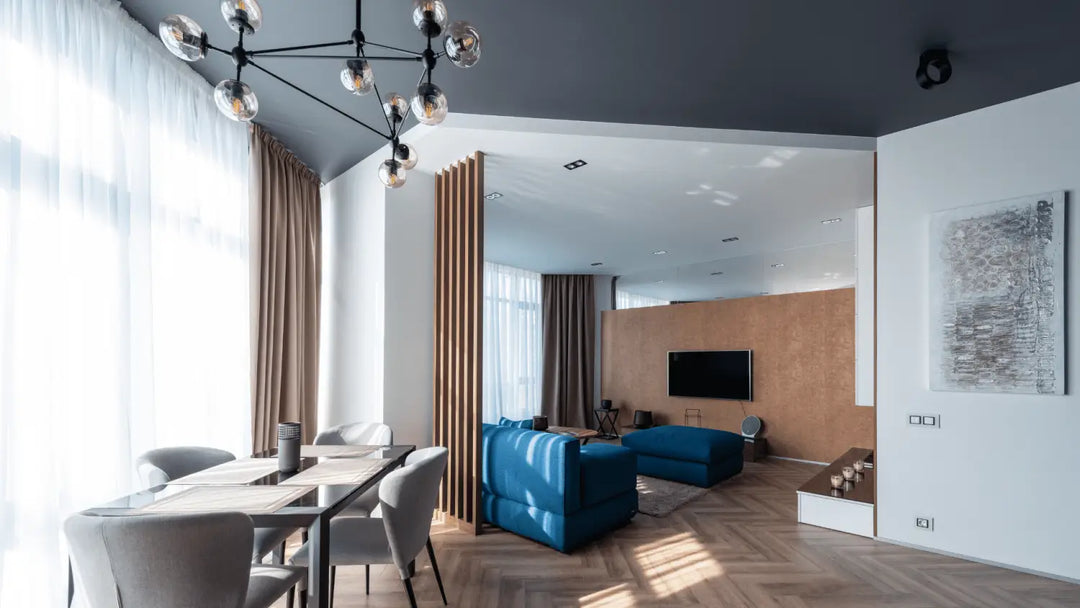
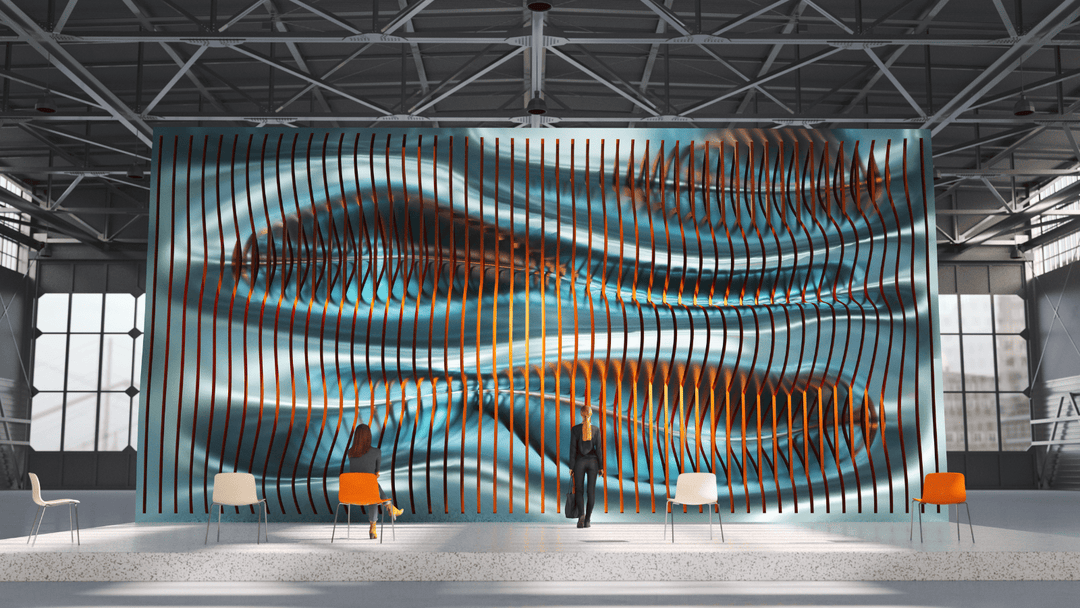
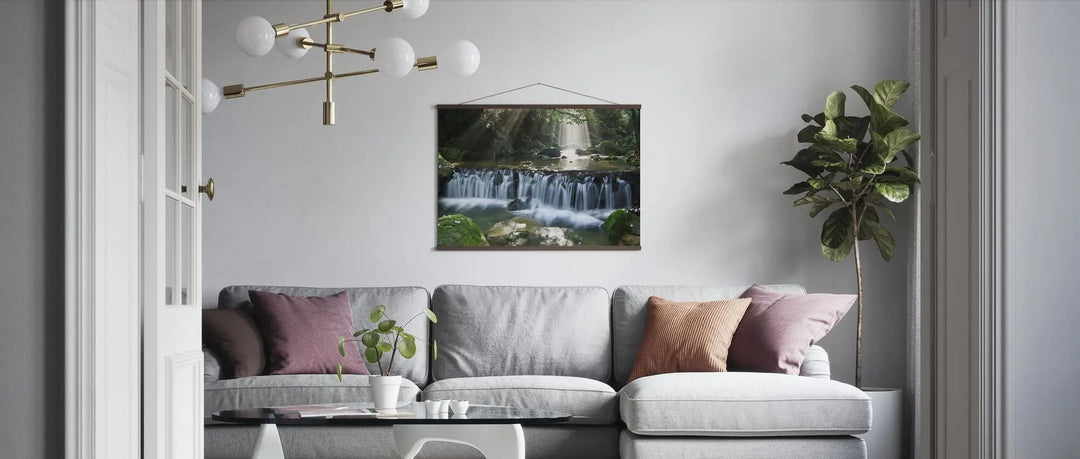
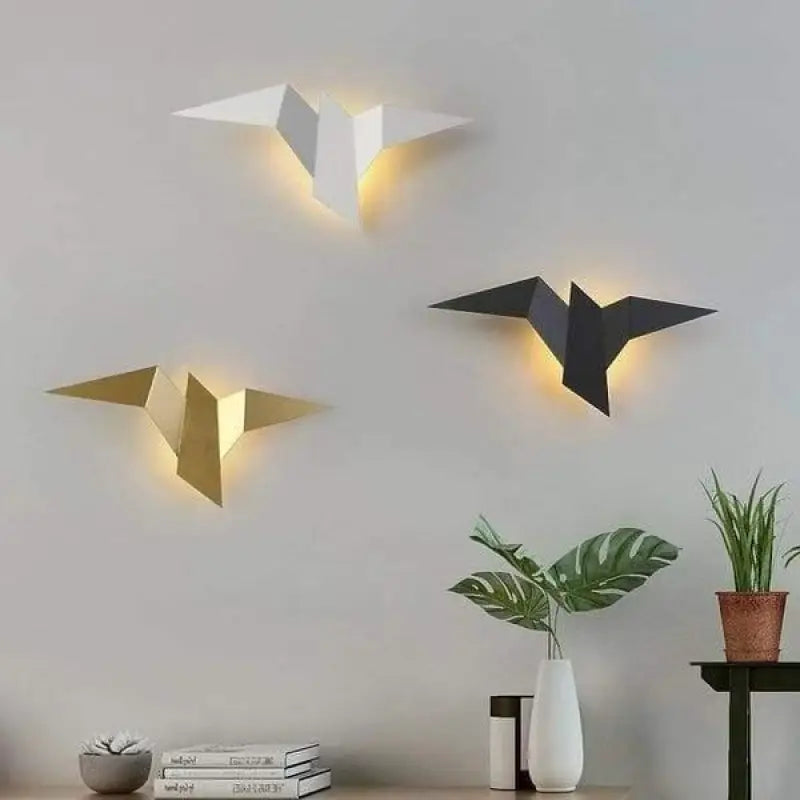


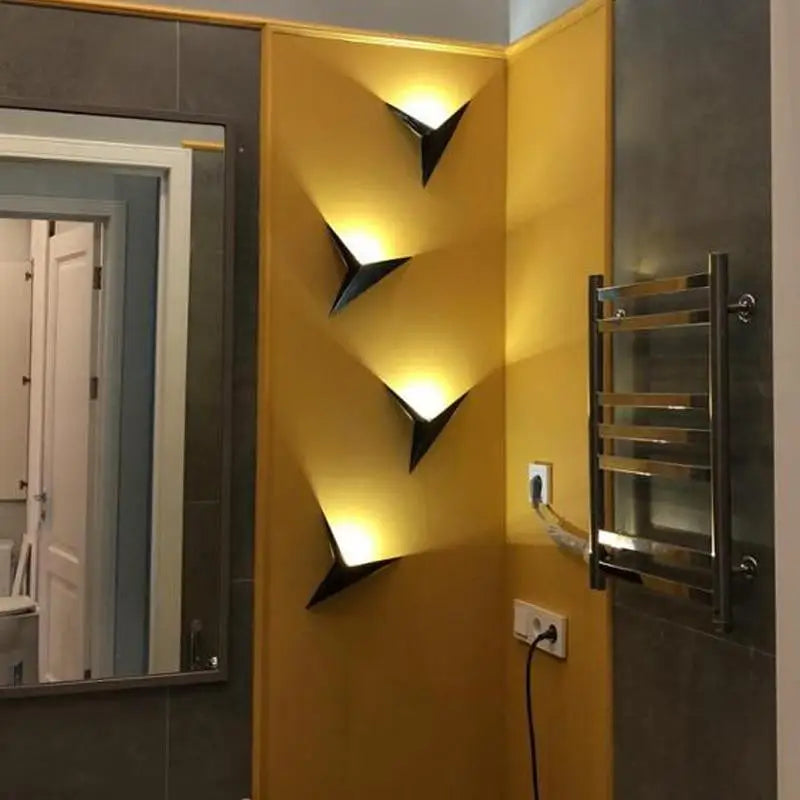
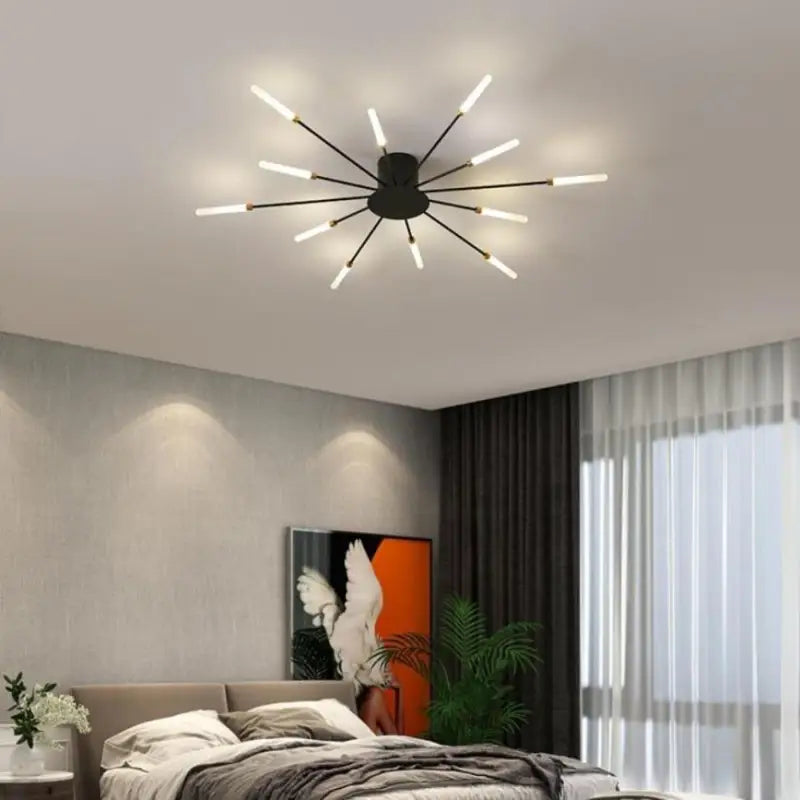
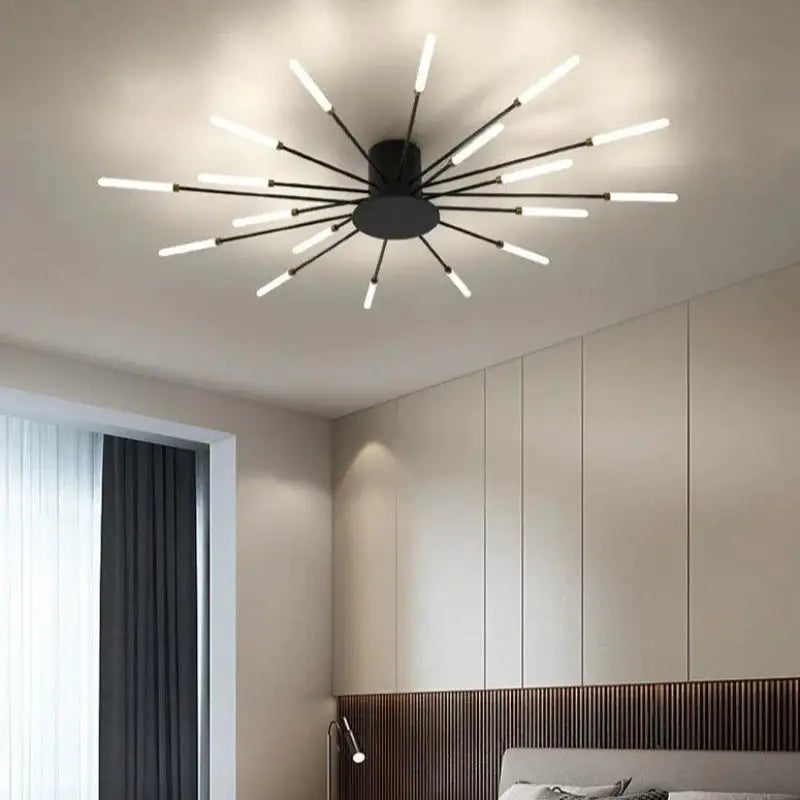
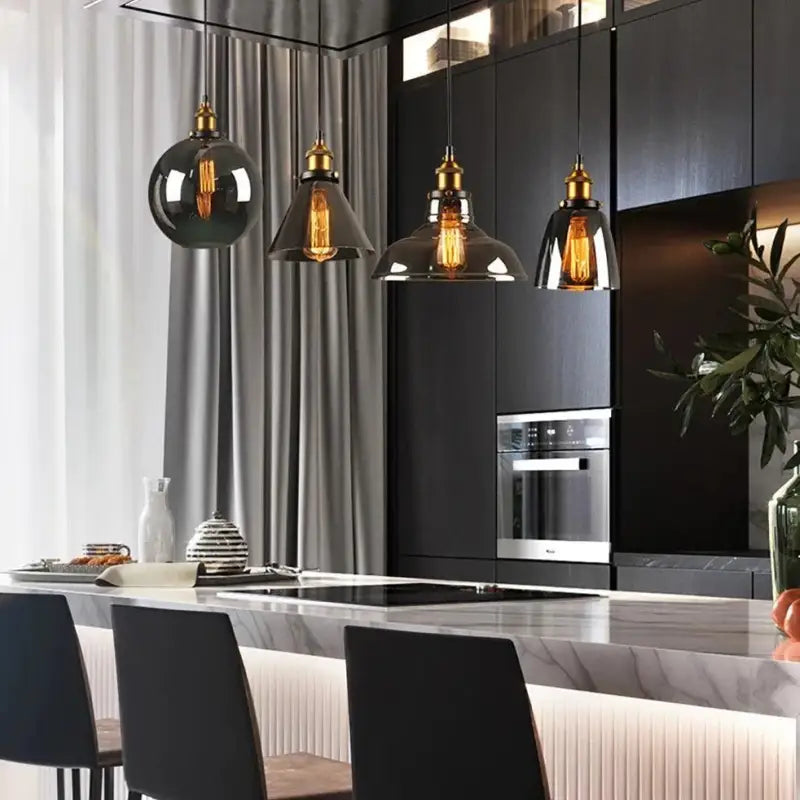
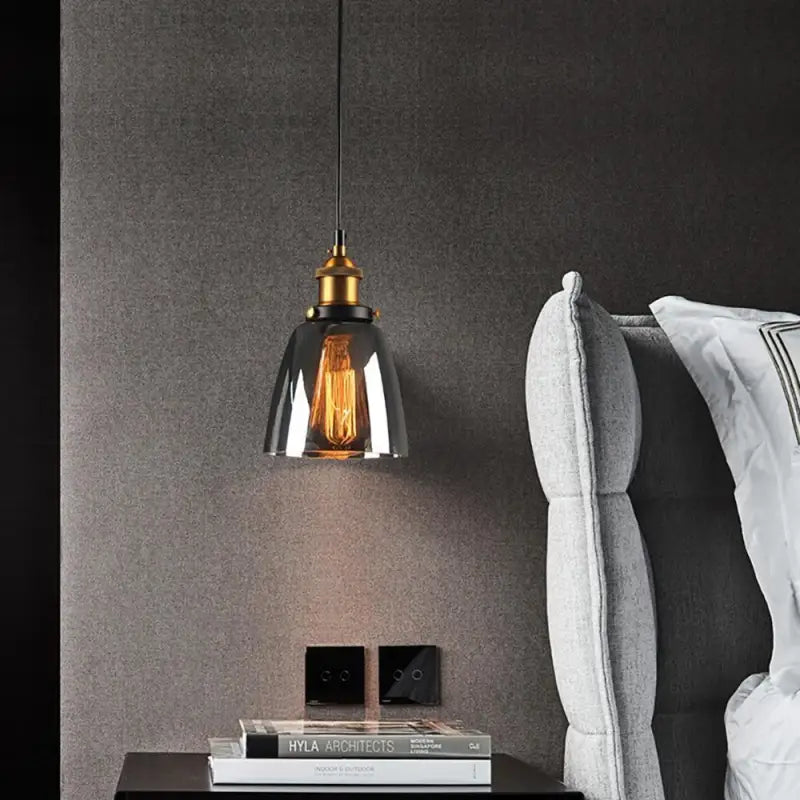
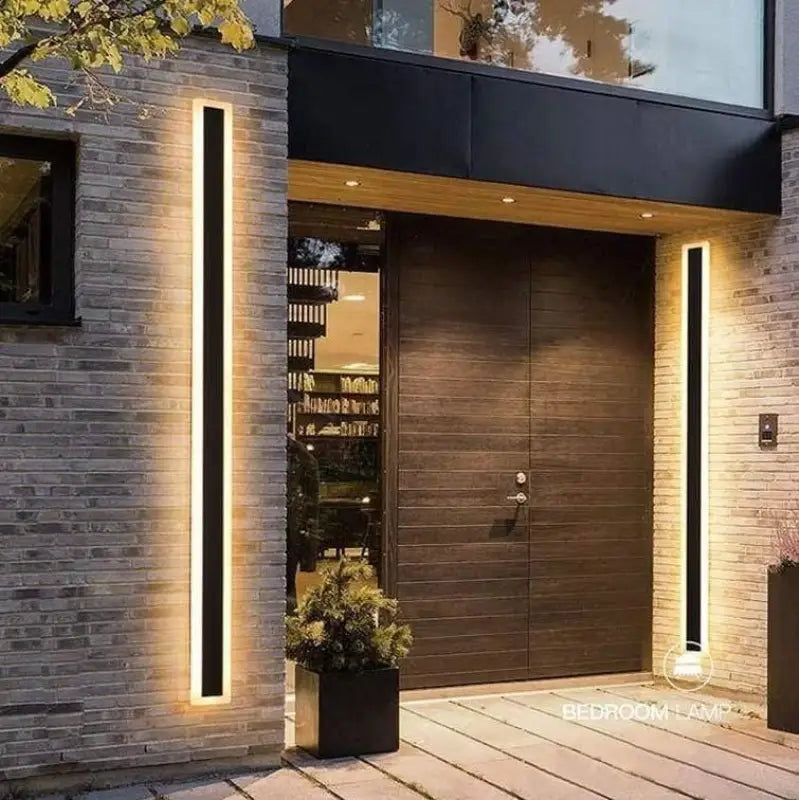
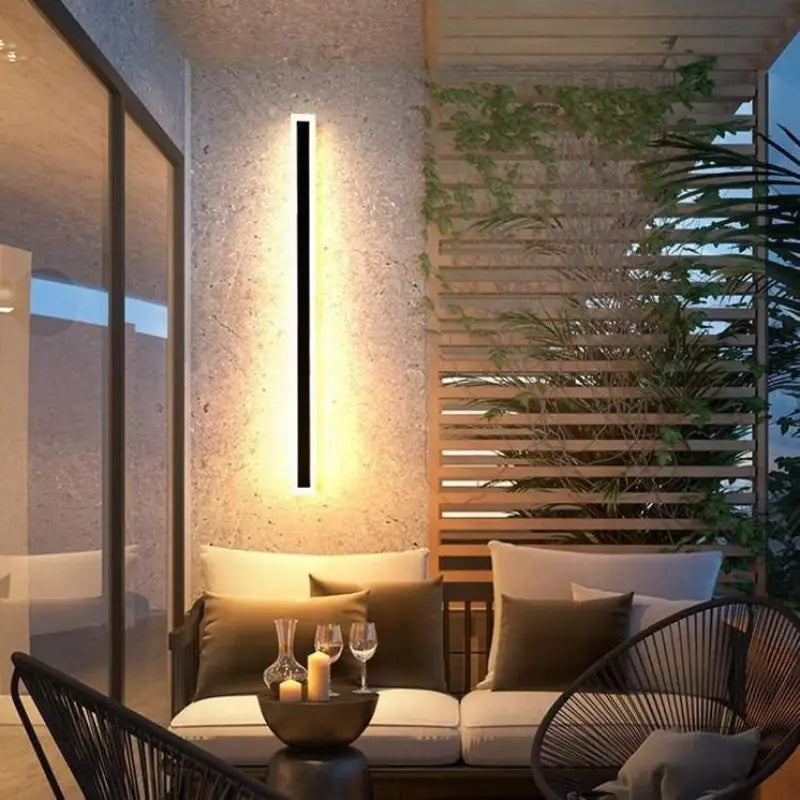
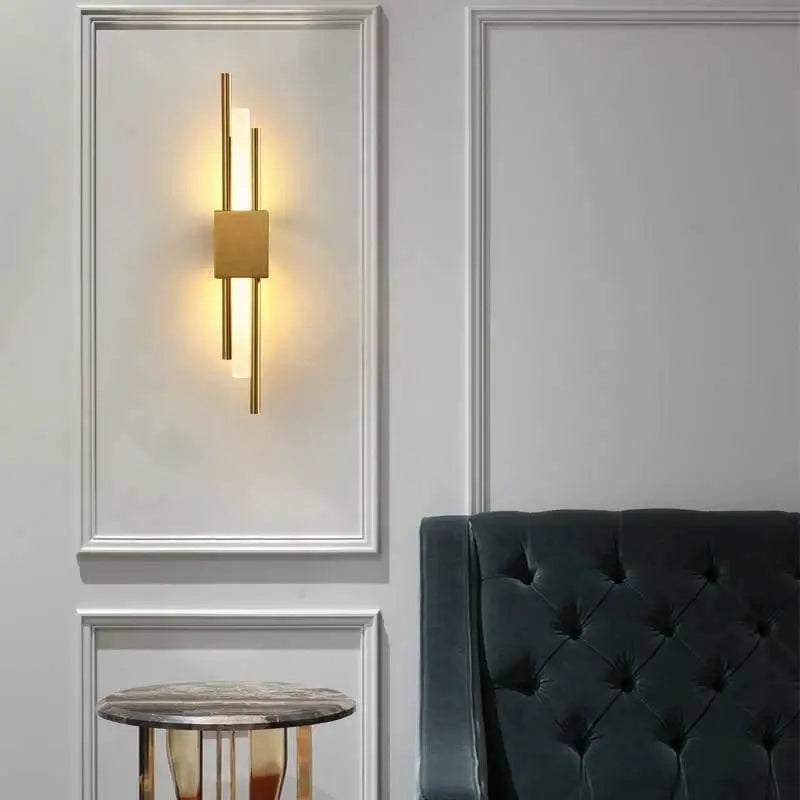
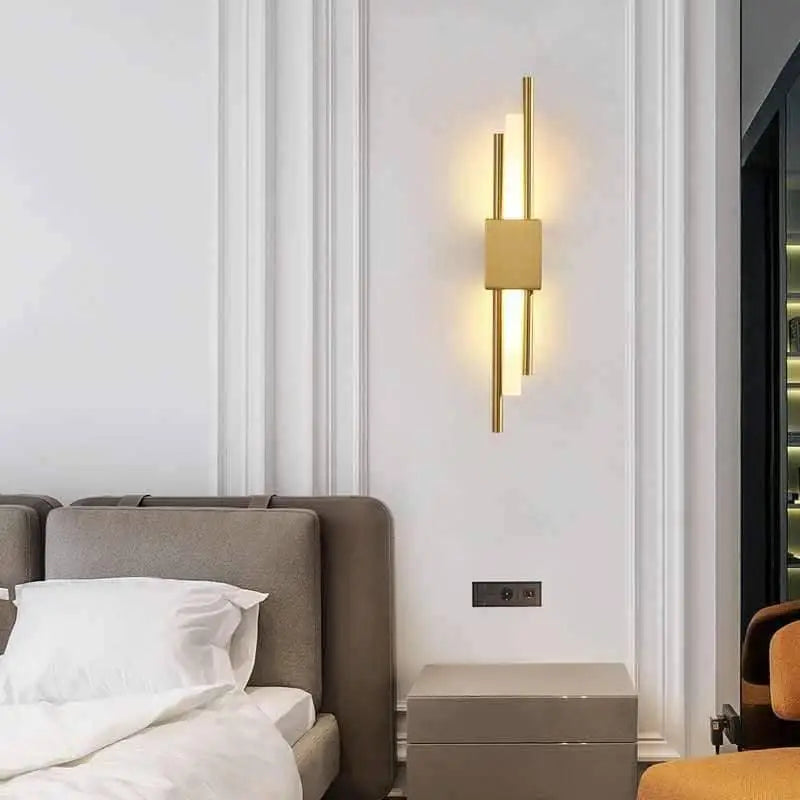
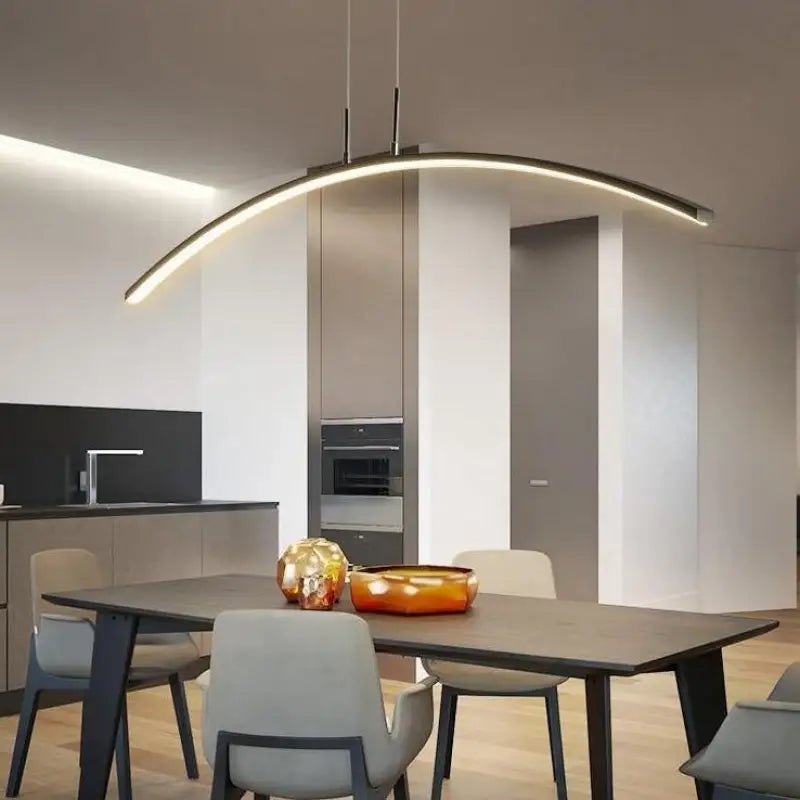
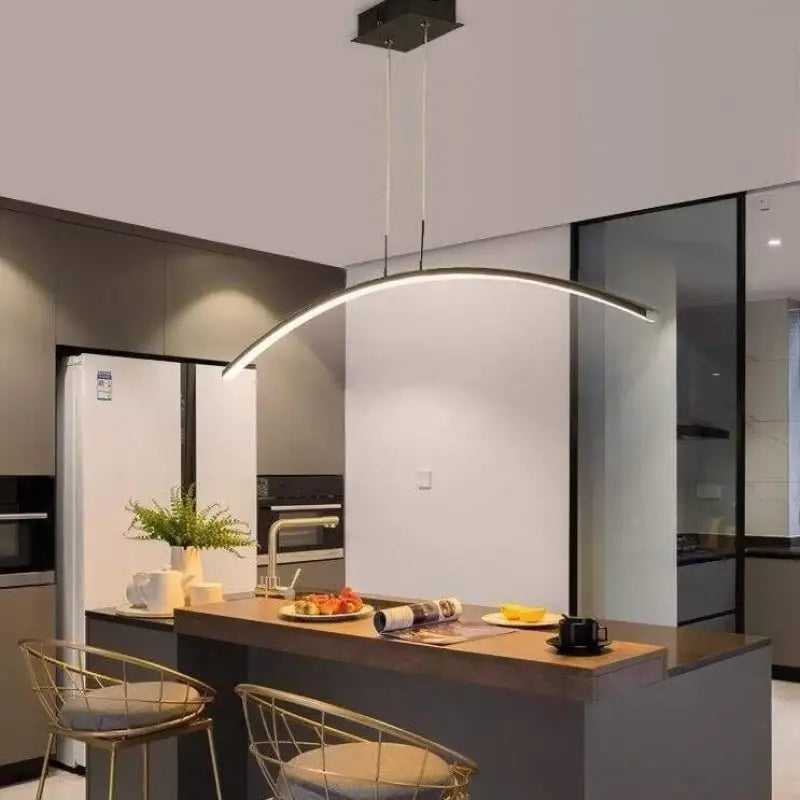


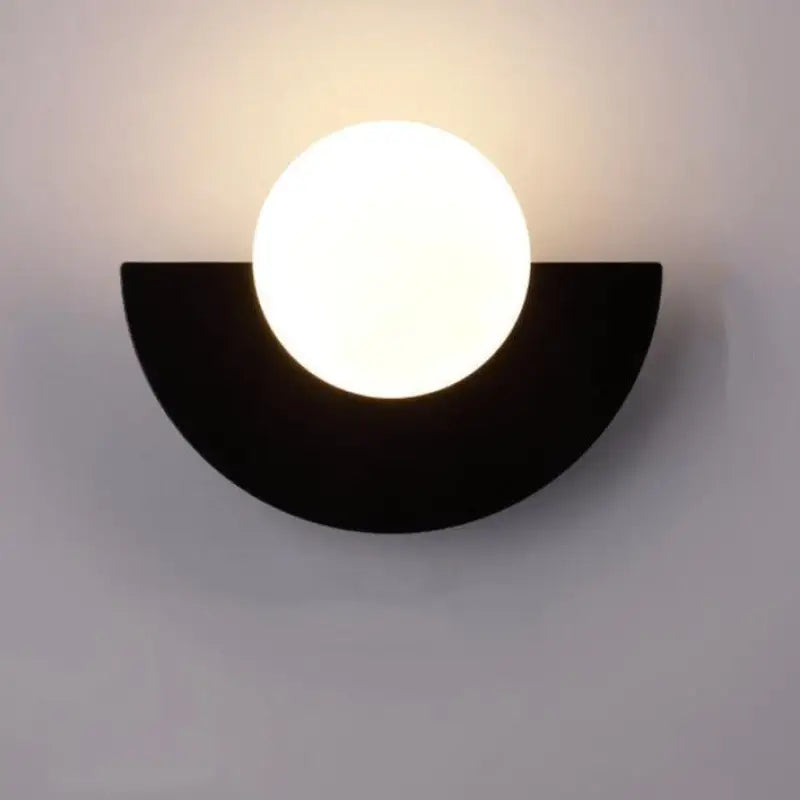
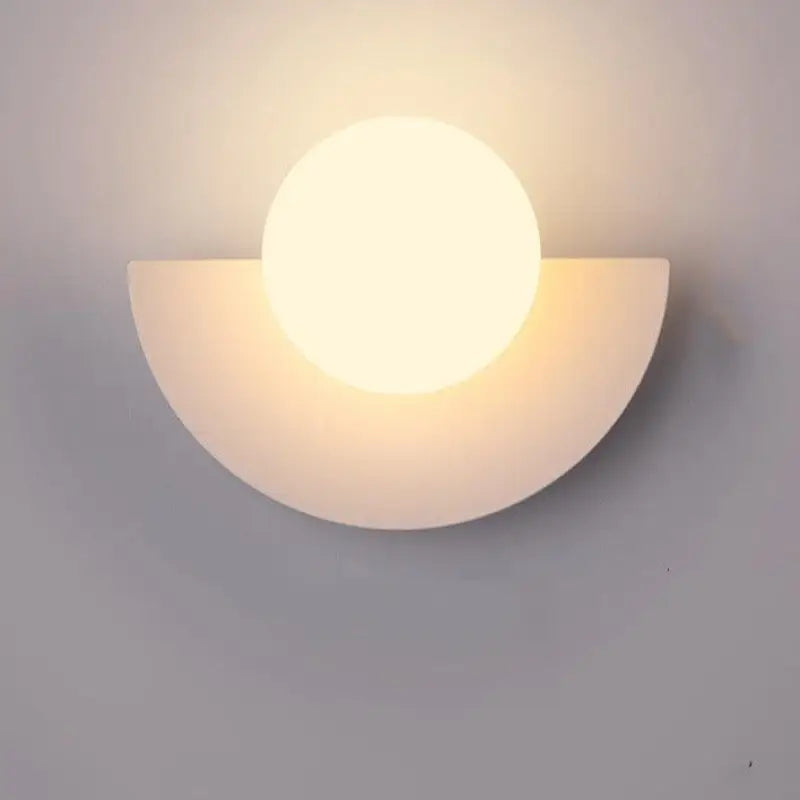
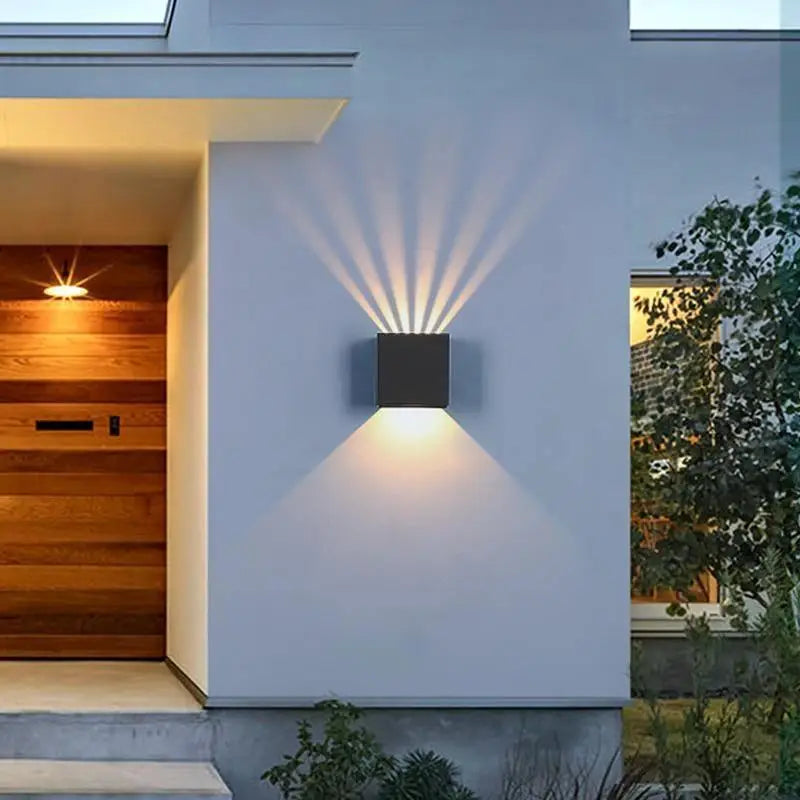
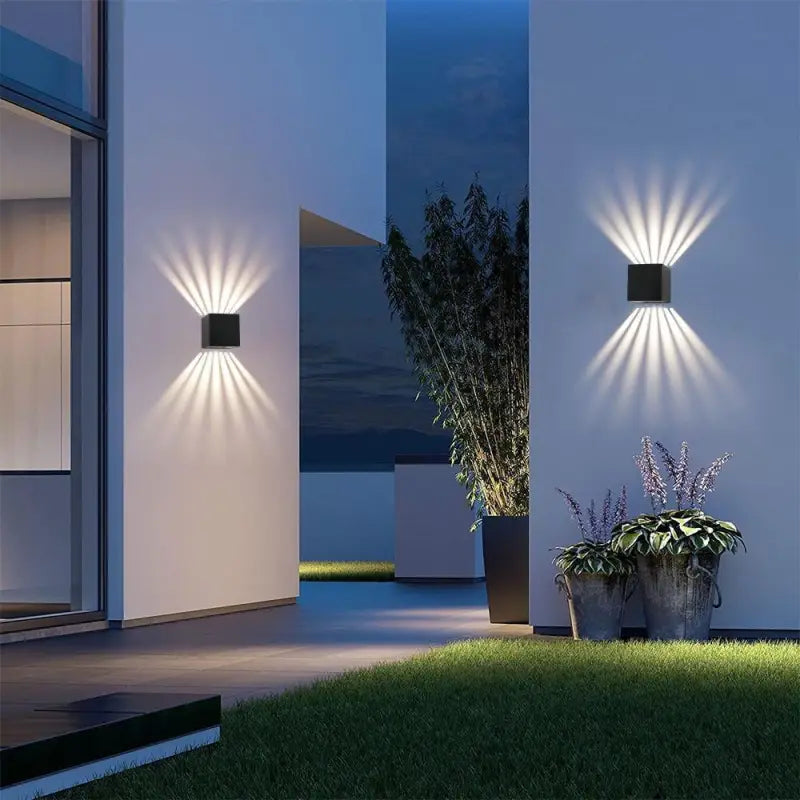
Leave a comment